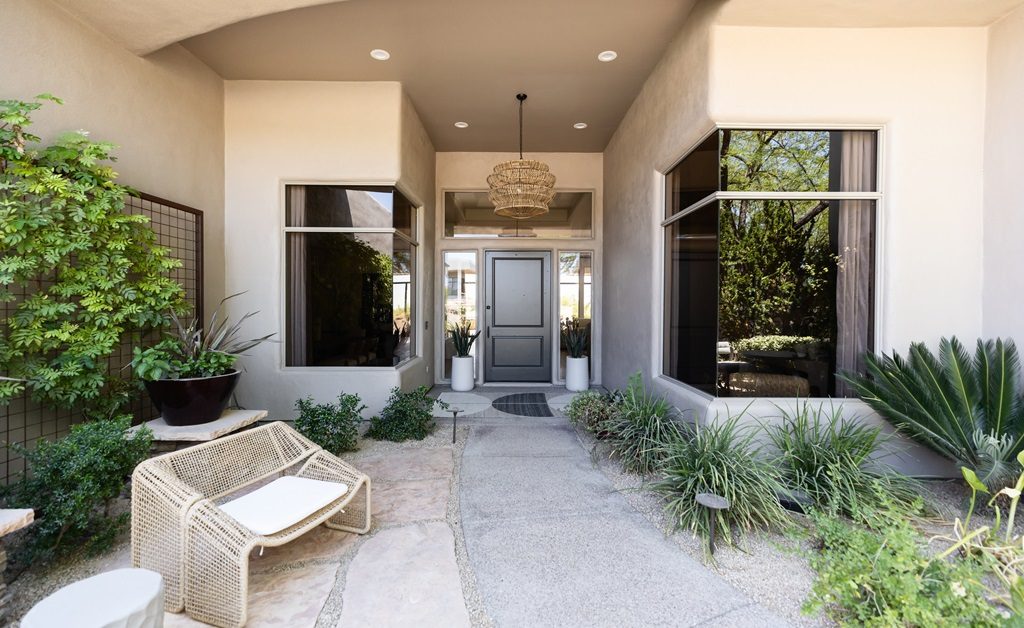Your home stands for more than just a dwelling place; it serves as a haven where you refuel, contemplate, and rejuvenate. But have you ever thought about interior design for health and wellbeing, about your mental and physical health? Mindfully selected interiors can do more than simply look appealing—they have the power to enhance your overall health. The careful selection of colors and the arrangement of ergonomic furniture are just some of the ways the art and science of interior design can fundamentally alter your feelings in your own environment.
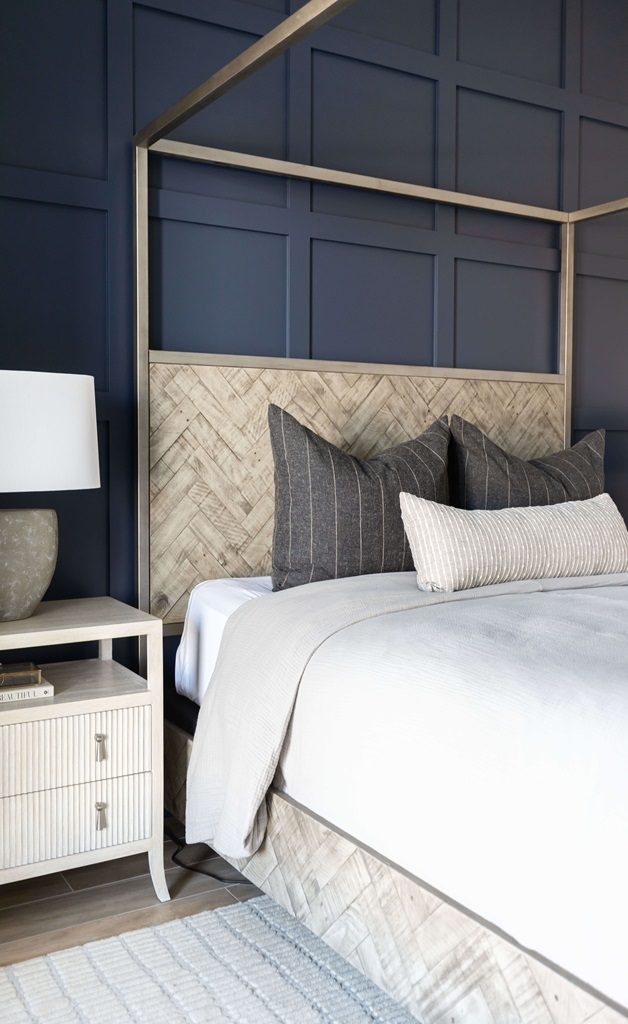
The Psychology of Space
The effects of colors, lighting, and design layout on our mood, stress levels, and work output are profound. For instance, warmer shades like yellow and orange could evoke feelings of positivity and vitality, while cooler hues like blue and green often create a soothing environment. This is why a calming blue in a bedroom can be comforting after a grueling day, or an exciting splash of yellow in your kitchen can be motivating as you whip up your morning brew.
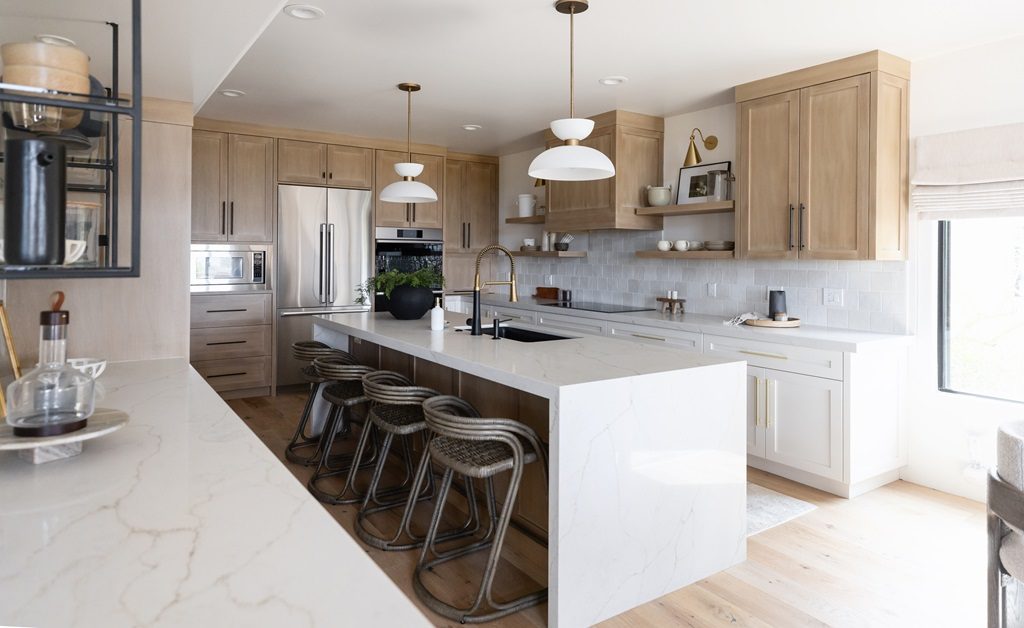
Lighting, also, plays a pivotal role in establishing the mood. Natural light is especially beneficial—it’s known to elevate serotonin levels and synchronize circadian rhythms, making areas appear more welcoming while fostering better sleep cycles. On the flip side, poorly lit spaces can decrease energy and lead to reduced productivity. Similar effects can be seen with your layout—a clutter-free, open floor plan can enable stress-free navigation in your home and promote mental sharpness.
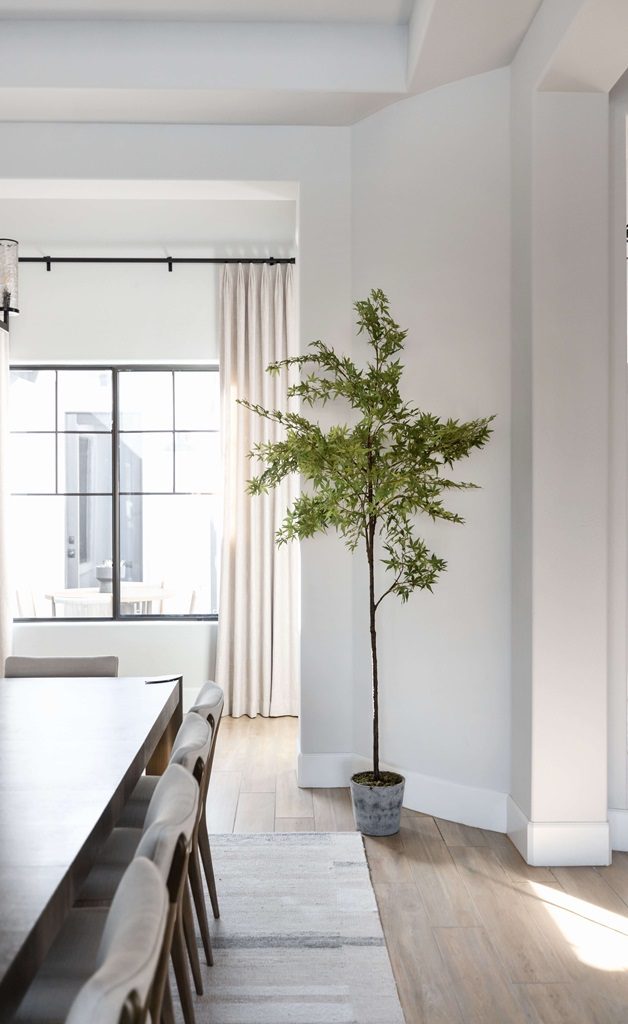
When each design choice caters to your psychological needs, your home turns into a space that lifts rather than burdens. Whether you’re considering a kitchen renovation in Scottsdale or a living room refresh, the impact of interior design goes far beyond aesthetics—it’s about creating a home that prioritizes your wellbeing.
Designing for Physical Health
In addition to aesthetic charm, interior design profoundly influences physical health. Begin with your furniture—ergonomically constructed pieces can help decrease body strain and enhance posture, especially if you often work from home and your office and living room have merged. A suitably adjusted chair can prevent chronic issues like backaches, and the correct desk setup can minimize eye stress and repetitive strain injuries.
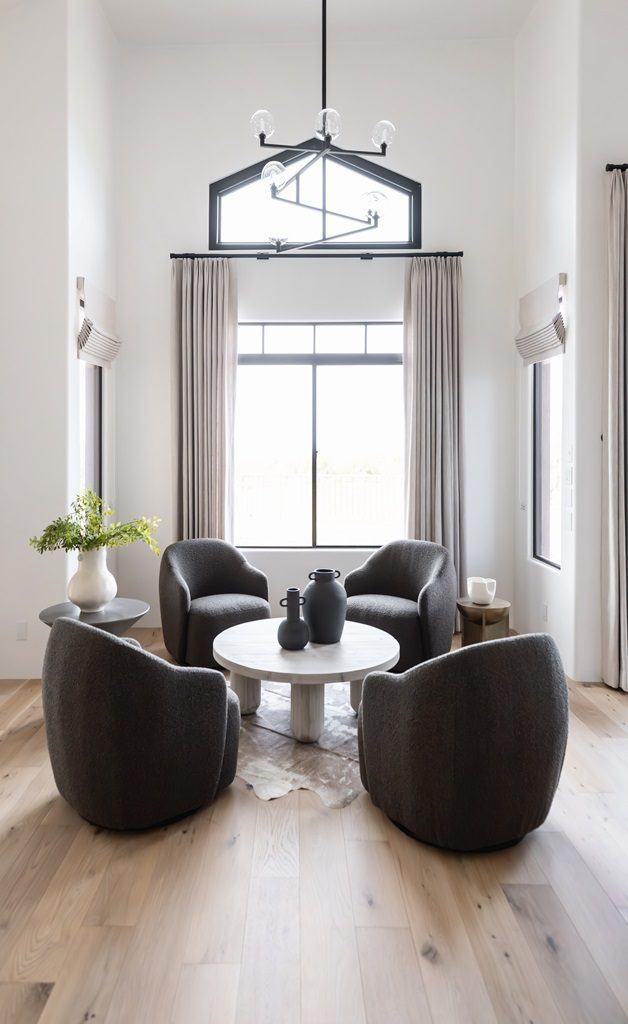
Air quality is another aspect to weigh. Design selections like incorporating greenery indoors or opting for ventilation-friendly materials can boost indoor air circulation, reduce allergens, and create a healthier home environment. Natural elements like wooden or stone accents can not only elevate air quality, but also institute an organic, soothing ambiance that echoes your relationship with nature.
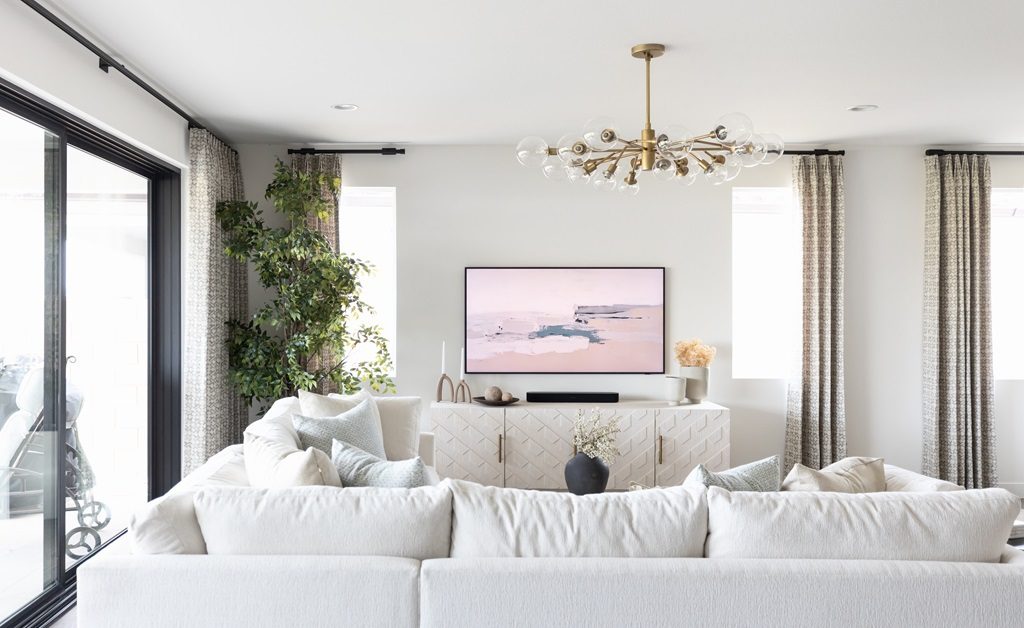
Finally, never overlook the influence of nature in design. Large glass windows, indoor foliage, or even the choice of natural textures can bring the outdoors inside and enhance your sense of tranquility—often referred to as “biophilic design.” These small changes are integral to design for wellbeing, ensuring that your space promotes physical and mental harmony.
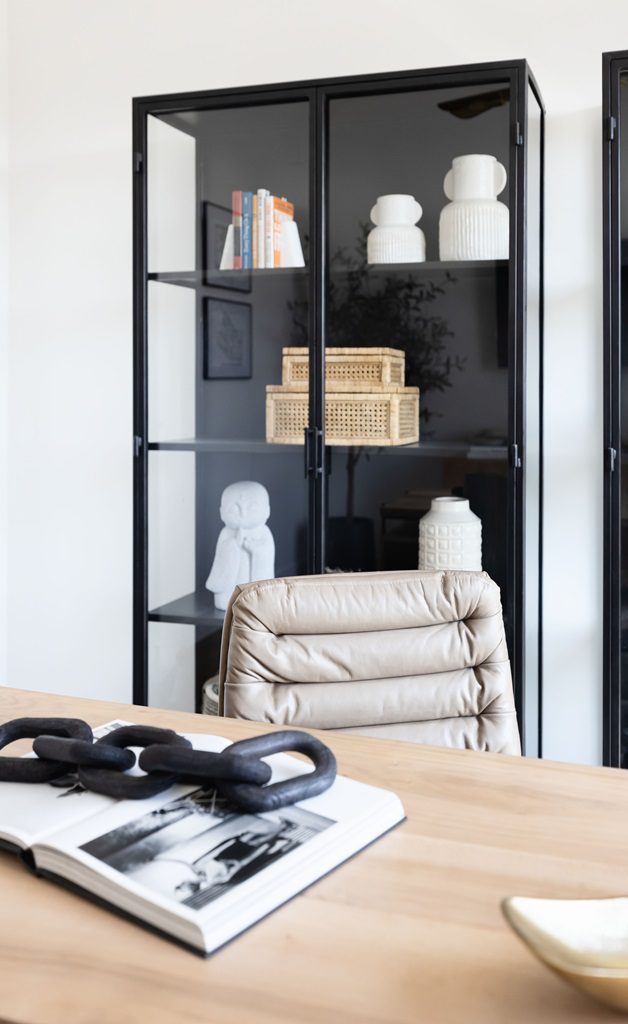
Re-Imagining Your Living Space for Wellness
Thoughtful interior design is more than an indulgence—it’s a crucial aspect of optimizing your living experience. By synchronizing psychological needs with physical health, your house can become a nurturing space that genuinely backs your holistic wellbeing. Whether it’s letting more sunlight into dim corners or incorporating nature indoors, interior design for wellness is an investment in your mental and physical health.
Review your current space and evaluate how your design decisions impact your mood and health. Keep in mind, perfection isn’t the objective; it’s building a home that caters to your unique wellness requirements—a sanctuary in which you can truly flourish.
Keep Exploring: 7 Interior Designing Tips for Better Mental Health & Wellbeing

Lauren Lerner is the founder of Living With Lolo, a nationally recognized Scottsdale interior designer and an Arizona licensed general contractor. She is celebrated for creating luxury homes that are warm, livable, and deeply personal, blending thoughtful design with seamless construction and curated furnishings. Recognized as one of Arizona’s top interior designers, Lauren has worked with celebrities, athletes, and executives across the country. Her work, known for its elevated yet inviting style, has been featured in multiple national publications. Guided by the belief that great design should feel as good as it looks, Lauren transforms houses into homes that truly reflect her clients’ lives.
